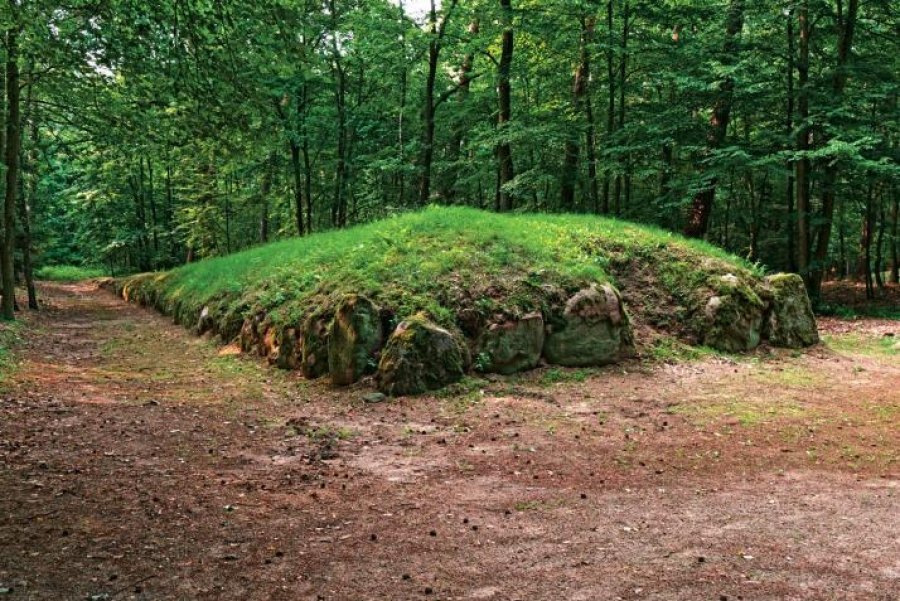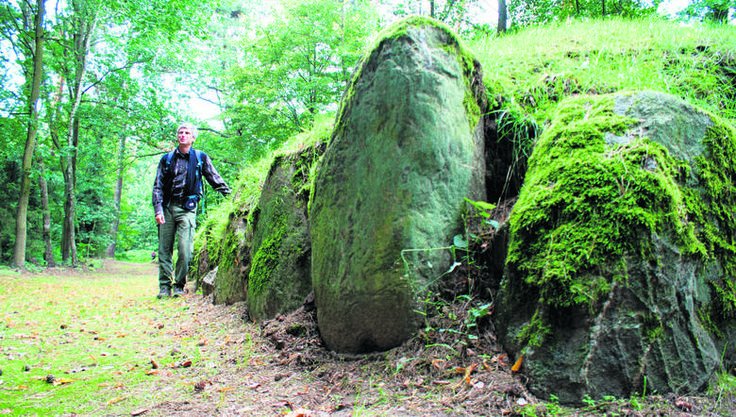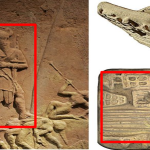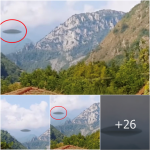Revealing the Ageless Mystery: Investigating Wietrzychowice, Poland’s Megalithic Tombs

Nestled within the rolling landscapes of Wietrzychowice, Poland, lie the enigmatic “Polish Pyramids”—a collection of megalithic tombs that have captivated archaeologists and historians alike. Rising like ancient sentinels from the earth, these tall hills, stretching up to 150 meters in length and standing 2-3 meters high, offer a tantalizing glimpse into the distant past of the region. Believed to belong to the Funnelbeaker culture and dating back to 4000 BC, these remarkable structures hold the key to unlocking the mysteries of Poland’s prehistoric civilizations.
The discovery of the Polish Pyramids has sparked intrigue and fascination among scholars, shedding new light on the ancient peoples who once inhabited this land. Built from earth and stone, these megalithic tombs stand as enduring monuments to the Funnelbeaker culture—a Neolithic society that flourished in Northern Europe during the fourth millennium BC. While the exact purpose of these structures remains the subject of debate, archaeologists believe that they served as burial sites for the elite members of Funnelbeaker society, housing the remains of their ancestors and treasures of great significance.

What sets the Polish Pyramids apart from other megalithic structures of the region is their sheer size and scale. Stretching across the landscape like giant mounds, these imposing hills command attention and respect, bearing witness to the architectural prowess and organizational skills of their builders. Constructed using primitive tools and manpower, the Polish Pyramids stand as a testament to the ingenuity and resourcefulness of the Funnelbeaker culture, who transformed the landscape with their monumental creations.
But beyond their impressive dimensions, the Polish Pyramids hold clues to the religious beliefs, social structure, and daily life of the Funnelbeaker people. Excavations at the site have uncovered a wealth of artifacts, including pottery, tools, and ornaments, providing valuable insights into the material culture of this ancient civilization. The presence of human remains within the tombs offers a poignant reminder of the individuals who once walked these lands, their lives and legacies preserved for eternity within the confines of the earth.

The significance of the Polish Pyramids extends far beyond their archaeological value, serving as symbols of cultural heritage and national pride for the people of Poland. These ancient monuments stand as tangible links to the past, connecting present-day communities with their ancestors and fostering a sense of continuity and belonging. As such, efforts to preserve and protect the Polish Pyramids are not only acts of historical conservation but also acts of cultural stewardship, ensuring that future generations can continue to marvel at the wonders of Poland’s prehistoric past.
As we stand in awe of the Polish Pyramids and contemplate the mysteries they hold, we are reminded of the enduring power of the human spirit to create, innovate, and leave a lasting legacy upon the earth. In their silent grandeur, these ancient monuments speak volumes about the resilience and creativity of the Funnelbeaker culture, inspiring us to explore the depths of our shared history and unlock the secrets of our collective heritage.










